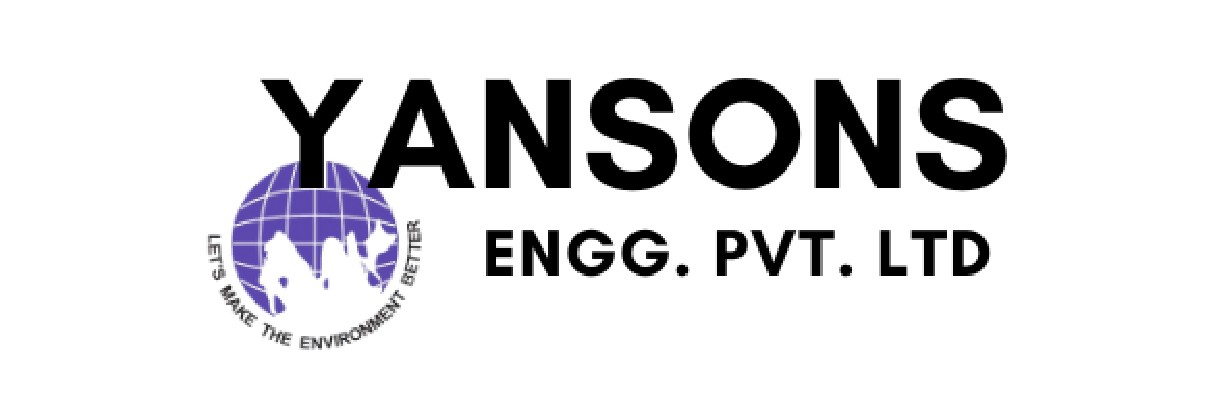Description
Implementing a dust extraction system for fuel handling is crucial to control and remove dust particles generated during the handling, storage, and transportation of fuels. Here’s an overview of a successful complete project for implementing a dust extraction system in fuel handling
Successful Complete project
A successful completion of the high-effective dust extraction system project for ash classification is achieved when the following goals are met
- Words are roughly being maintained.
- The previous casing is maintained.
- Letters or begins with a capital letter.
Problem
Fuel handling operations, such as loading, unloading, conveying, and storage, generate a significant amount of dust. The accumulation of dust can pose risks to worker health, equipment integrity, and environmental pollution. It is essential to mitigate these risks and ensure regulatory compliance.
Solution
Implementing a dust extraction system provides an effective solution to capture and remove dust particles generated during fuel handling operations. The system ensures worker safety, protection of equipment, compliance with regulatory requirements, and environmental preservation.
Process
The successful completion of a dust extraction system project for fuel handling involves the following steps
Step 1 – Needs Assessment
- Conduct a comprehensive assessment of the fuel handling operations, including the specific processes involved, dust generation points, and applicable regulations.
- Identify areas where a dust extraction system can provide the most significant improvements in dust control and removal.
Step 2 – System Design
- Design a dust extraction system based on the layout of the fuel handling facility, dust generation points, and specific requirements of the fuel being handled.
- Determine the appropriate collection hoods, enclosures, or containment systems to capture dust at the source.
- Design an efficient filtration system to separate and collect dust particles.
Step 3 – Equipment Selection
- Select suitable dust extraction equipment, including dust collectors, hoods, enclosures, ductwork, fans, and filters, based on the volume and characteristics of the dust generated.
- Choose appropriate filtration media and systems that can effectively capture and separate dust particles, ensuring compliance with regulatory emission limits.
Step 4 – Installation
- Install the dust extraction system, including dust collectors, hoods, enclosures, ductwork, fans, filters, and associated equipment.
- Ensure proper sealing and insulation of the system to prevent leaks and maintain efficient airflow.
- Integrate the system with the fuel handling equipment, capturing dust at its source points.
Step 5 – Testing and Commissioning
- Start the dust extraction system and conduct comprehensive testing to ensure its functionality and performance.
- Evaluate the dust capture efficiency and the effectiveness of the filtration process.
- Fine-tune the system as needed to optimize performance and address any issues or adjustments required.

